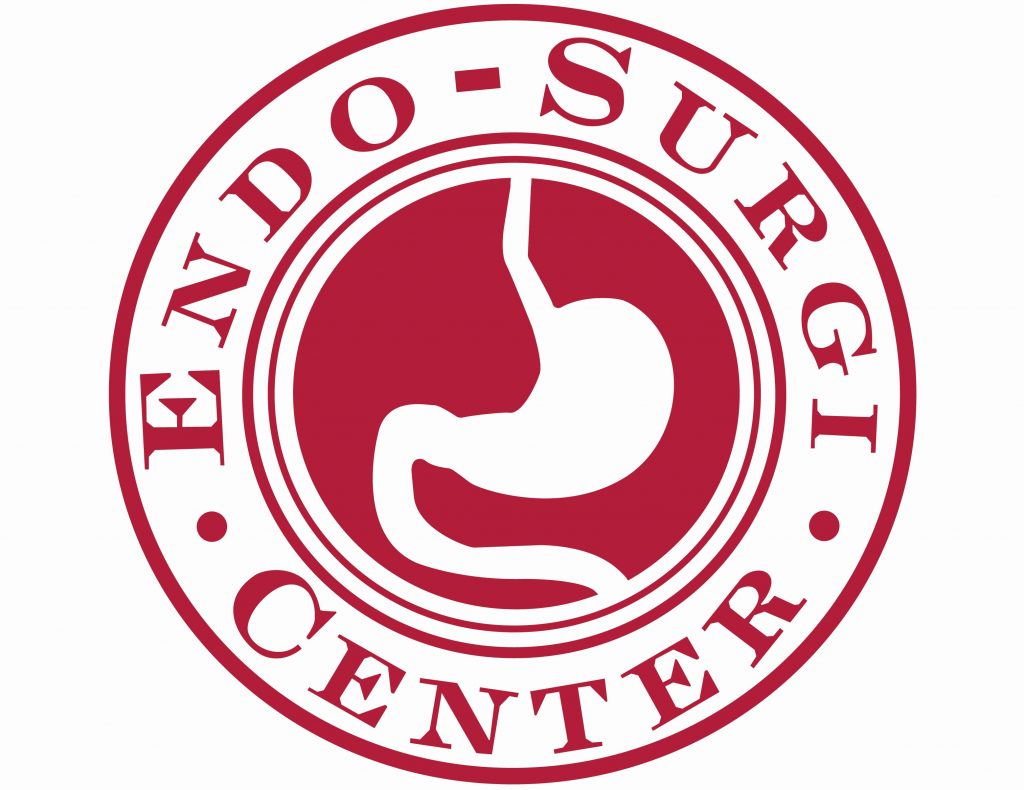Endoscopic ultrasound (EUS) is an innovative technology that combines endoscopy and ultrasound to study detailed images of the body’s internal organs. EUS is helpful because it allows a specially trained endoscopist to view entire gastrointestinal tract, including the esophagus, stomach, small and large intestine and rectum.
Using sound waves to create images of your digestive tract and surrounding tissues and organs, an EUS can provide your doctor with more information than other imaging tests because of the detailed images that result from the procedure. Traditional ultrasound sends sound waves to the organs and back with a transducer placed on the skin overlying the organs, which makes the images lower quality. Inserting the endoscope into the digestive tract allows for higher quality ultrasound images. Because of the proximity of the EUS to the organ, the images are more accurate than a traditional ultrasound. EUS can also be used to examine other organs like the pancreas, liver, spleen, gall bladder, uterus, adrenal gland, ovaries and lungs.
EUS has several purposes, but it can help to:
- Evaluate stages of cancer of the digestive and respiratory system.
- Examine abnormalities or tumors in organs like the pancreas, gall bladder or liver.
- Locate stones in the bile duct or gall bladder.
- View nodules on the intestinal wall.
- Obtain biopsies (tissue samples to be examined under a microscope) of internal organs and tissues.
What Happens before the Endoscopic Ultrasound?
If your doctor recommends an endoscopic ultrasound to examine your gastrointestinal system, you will need to do some preparation prior to the procedure. Your doctor will review your medications with you and let you know if you need to temporarily stop taking any medication. You will also need to make your doctor aware of any allergies including latex allergy. Finally, inform your doctor about any chronic conditions such as heart disease, diabetes or bleeding issues.
An endoscopic ultrasound is a fasting test so you should have nothing to eat or drink at least six hours before the procedure. Your doctor will tell you when to begin fasting and when you should stop taking any prescription medication. If your EUS is for the colon, your doctor will recommend laxatives, enemas and a clear liquid diet before the test to clean the colon.
You may be instructed to take an antibiotic before an EUS if you are having a cyst drained or fluid collected. Since you will be given sedatives, you will not be able to drive after the procedure. You should arrange for someone to take you home, and you should also have that person stay with you at home for the remainder of the day since sedatives can slow your reflexes and affect your judgment.
What Happens during the Endoscopic Ultrasound?
An endoscopic ultrasound is an outpatient procedure and you will be able to go home on the same day. For an upper GI endoscopic ultrasound, you will receive an intravenous sedative to help you relax. You may be instructed to lie on your left side, and your doctor will pass the endoscope through your mouth, down your esophagus and into your stomach and small intestine. The scope should not affect your breathing, and most people do not remember the procedure. Some people find the test a bit uncomfortable, but many people fall asleep. Your doctor will be able to view your intestinal tract on a TV monitor and the ultrasound image on another monitor. The entire process can take 30 to 90 minutes.
For a lower GI endoscopic ultrasound, you may also receive medication to help you relax. You will lie on your side and your doctor will insert the endoscope into the rectum. The procedure takes about 45 minutes, on average, but it can take longer if a cyst needs to be drained.
What Happens after the Endoscopic Ultrasound?
You will remain in a recovery area for monitoring until the sedative has worn off. You may be sleepy for up to an hour after the procedure and you should not eat or drink until you have been given permission to do so. Once you are completely awake, your doctor will share the results of your test with you. If biopsies were obtained or fluid was removed, it may take several days to get the final results of the procedure.
After this, your caregiver can take you home if you feel well enough to leave.
If you have had an upper GI endoscopic ultrasound, you may have a sore throat, but gargling with salt water should help to soothe any discomfort. If you had a lower GI endoscopic ultrasound, you may feel bloated by the air that was introduced during the procedure. These symptoms should only be temporary and should resolve over the course of a few hours.
It is rare for complications to occur after an endoscopic ultrasound but you may experience:
- Sore throat
- Bleeding if a biopsy was obtained or fluid was removed
- Aspiration of stomach contents into the lungs
- Infection
- Perforation of the lining of the intestine
- Vomiting
- Chills
- Fever
- Abdominal pain
Endoscopic ultrasound offers medical professionals clear, detailed images of your gastrointestinal tract to help diagnose upper and lower GI issues. If you have further questions about EUS, please contact your gastroenterologist.
